At a glance
- The National Health Care Surveys collect data from different healthcare settings.
- Our surveys provide data from hospitals, healthcare provider offices, health centers, residential care communities, adult day services centers, and more.
- Learn about our current surveys and access their websites.
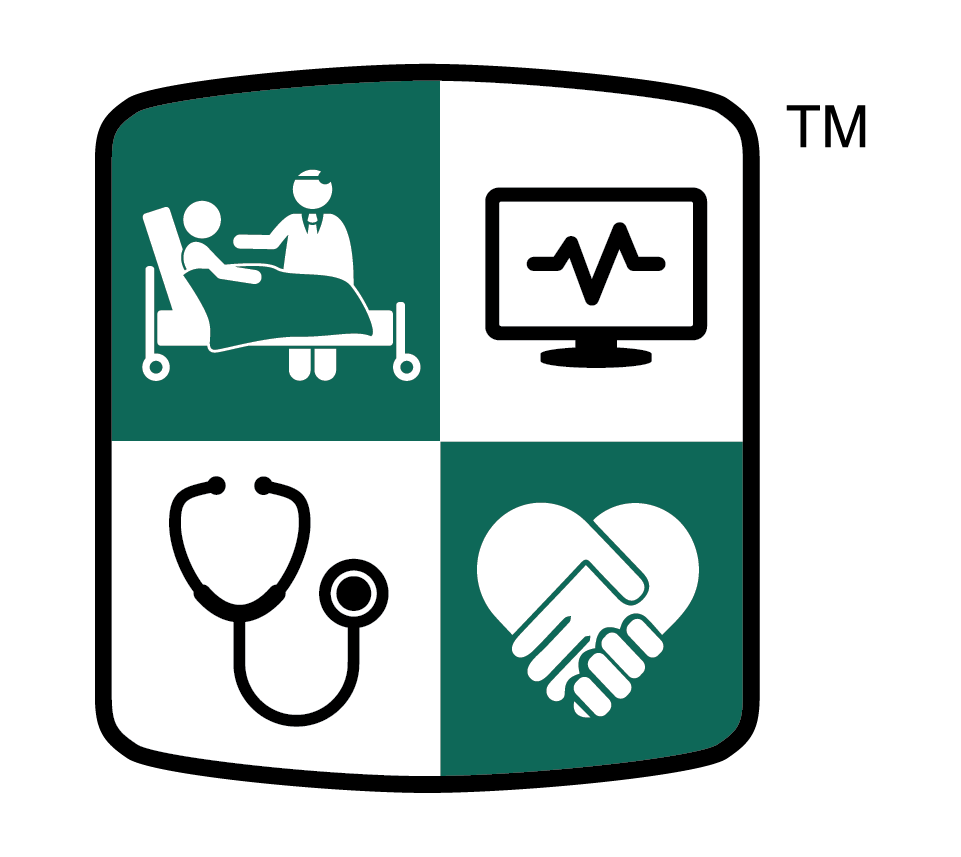
National Ambulatory Medical Care Survey
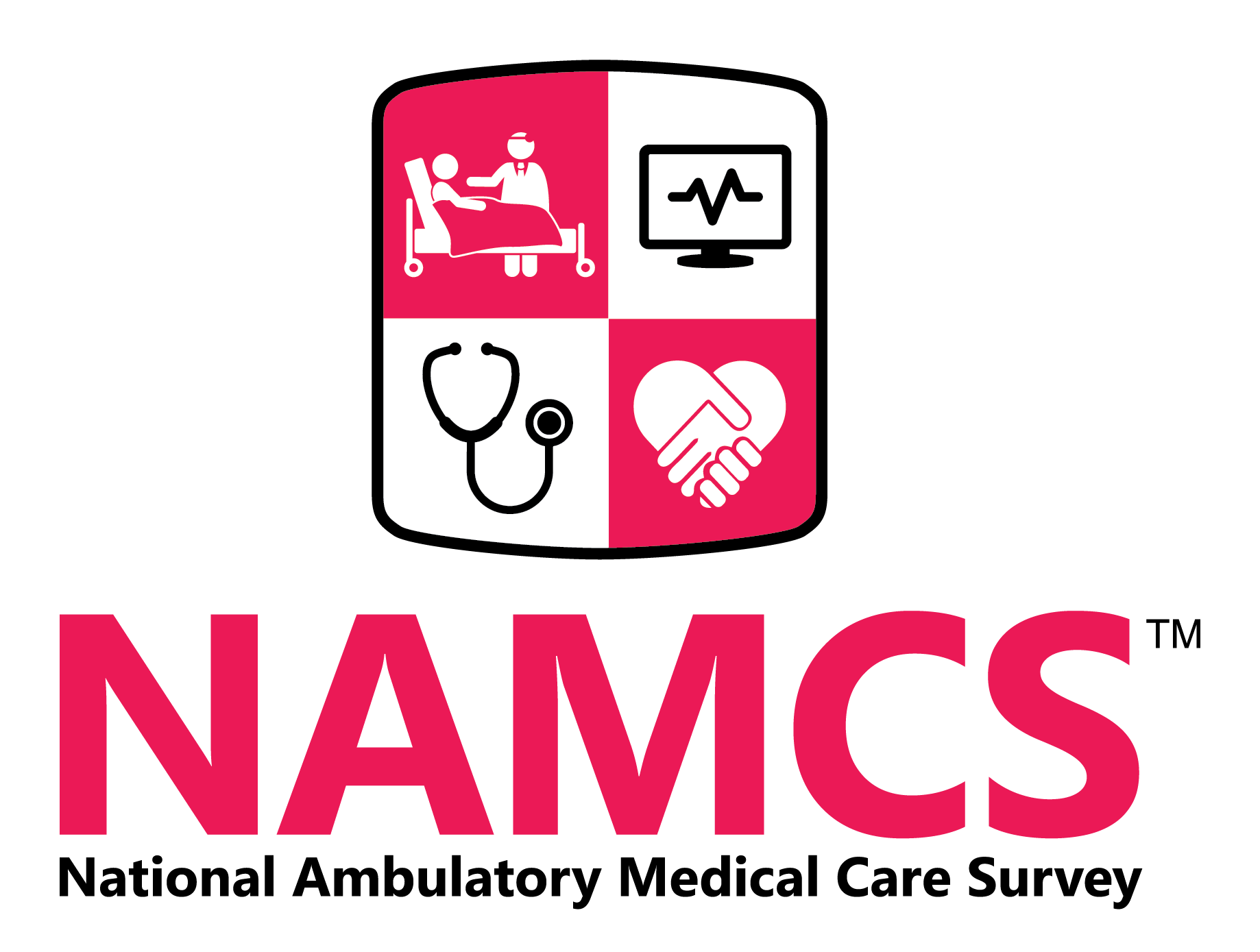
The National Ambulatory Medical Care Survey (NAMCS) collects data about medical services provided in offices for patients who aren't admitted to a hospital or other facility. NAMCS collects and releases high quality, objective, reliable information about how these ambulatory medical care services are provided and used in the United States. NAMCS collects data from both office-based providers and health centers.
In addition to data about provider, practice, and health center characteristics, NAMCS collects information about telemedicine use, electronic health records use, and healthcare delivery. NAMCS data support—
- Evidence-based decision-making by policymakers
- Operational policies across ambulatory care settings
- Medical education for current and future providers
- Research to understand and improve healthcare delivery
National Electronic Health Records Survey
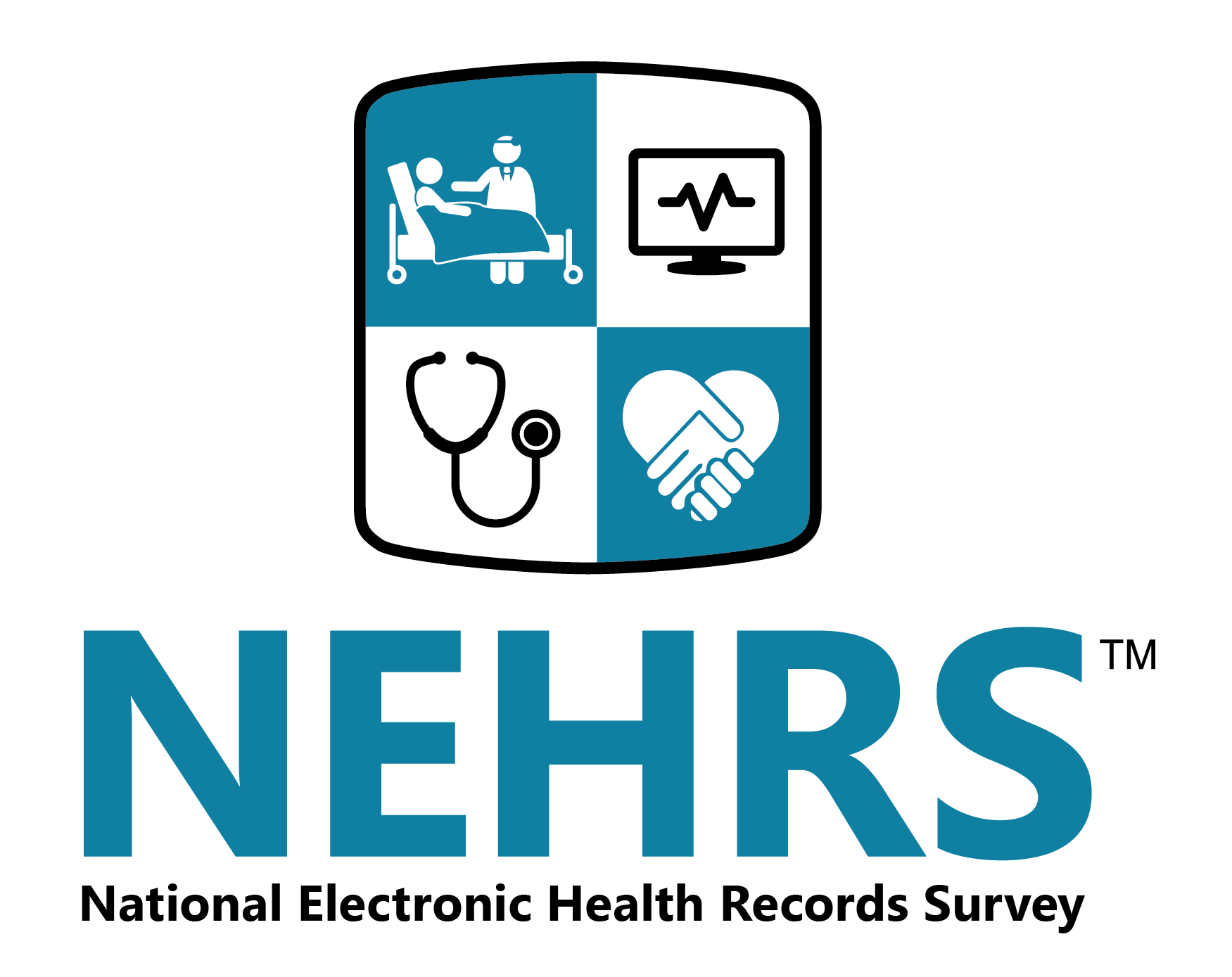
The National Electronic Health Records Survey (NEHRS) measures the progress U.S. physicians and their offices have made in adopting electronic health records (EHRs). The survey also monitors progress toward electronic sharing of health data (health information exchange) and the burden associated with EHRs.
NEHRS collects data about EHR use from office-based physicians practicing in the United States. NEHRS data tracks participation in the Centers for Medicare and Medicaid Services' Promoting Interoperability Programs. In addition, researchers can use NEHRS data to produce state and national estimates of EHR adoption, capabilities, and burden.
National Hospital Ambulatory Medical Care Survey
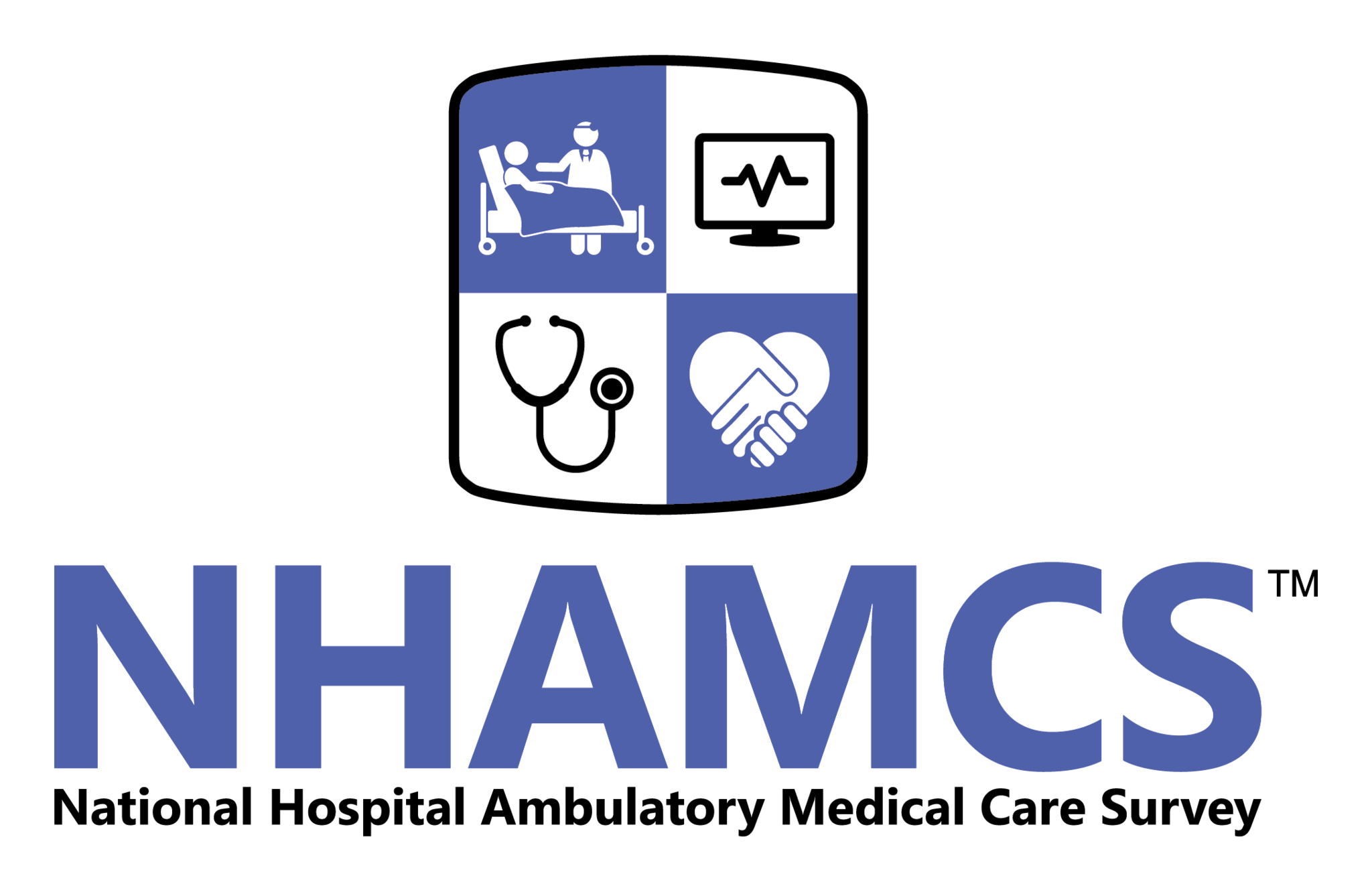
The National Hospital Ambulatory Medical Care Survey (NHAMCS) collected data about medical services for patients who were treated in hospital emergency and outpatient departments without being admitted to the hospital.
The National Center for Health Statistics conducted NHAMCS annually through 2022. The survey collected and released high quality, objective, reliable information about how hospital-based ambulatory medical care services were provided and used in the United States. To collect NHAMCS data, information was manually taken from medical records. Now, the widespread use of electronic health records allows this information to be shared electronically, including with public health authorities like the National Center for Health Statistics, more easily.
National Hospital Care Survey
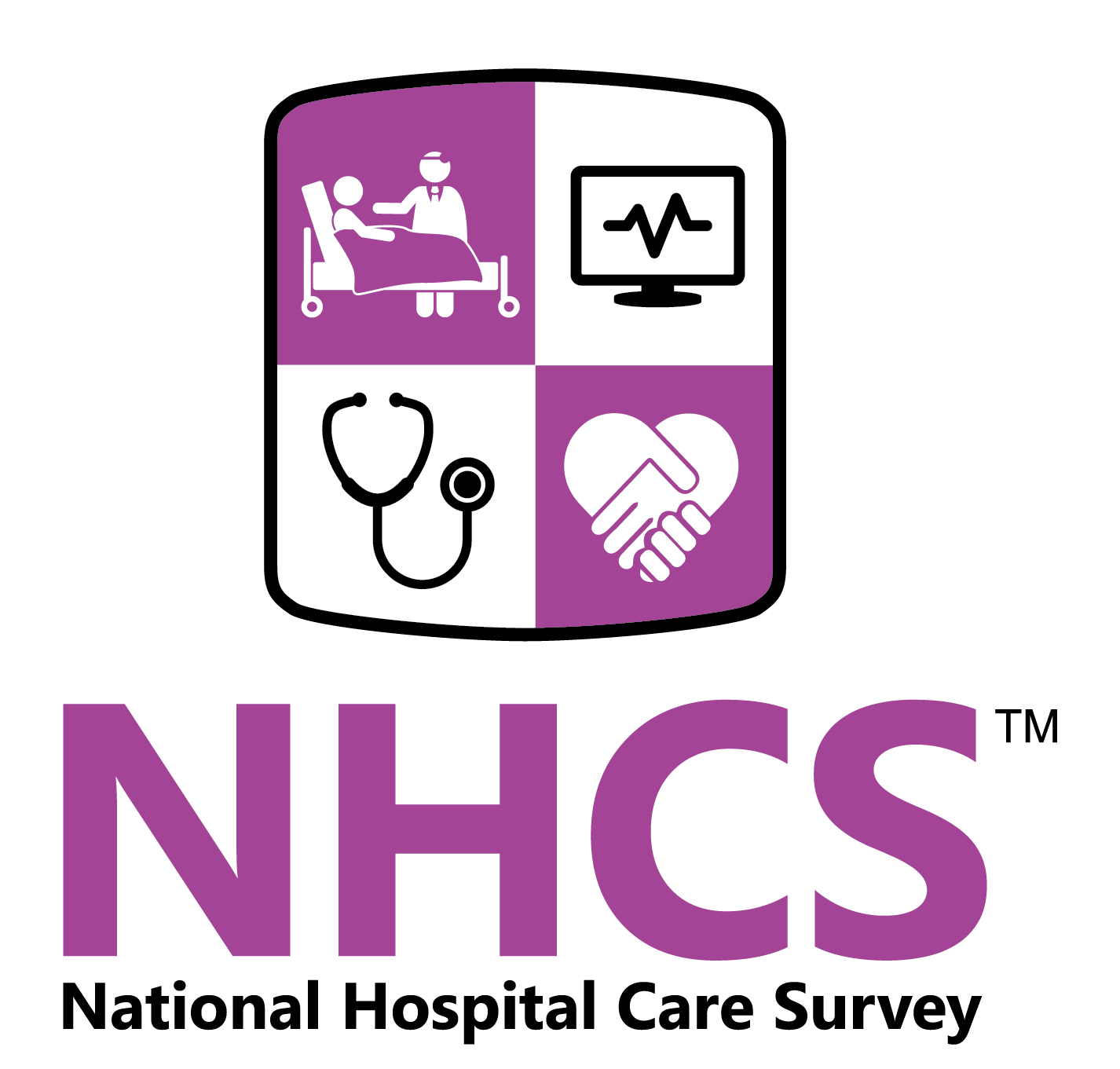
The National Hospital Care Survey (NHCS) collects data on patient care in hospital emergency departments and inpatient discharges. NHCS data describe patterns of healthcare delivery and use in the United States. NHCS answers questions about use of health care and healthcare resources, and the differences in healthcare services that some people and groups experience.
NHCS collects data on patient care and resource use in hospital-based settings. Participating hospitals electronically submit inpatient discharge and emergency department visit data. Hospitals also provide summary information about patient visits for the calendar year through an additional, supplemental interview. Healthcare and public health professionals, researchers, and policymakers use NHCS data to track trends affecting hospital and healthcare organizations, and the patients they serve.
National Post-acute and Long-term Care Study
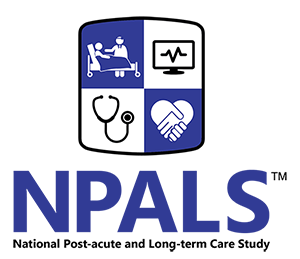
The National Post-acute and Long-term Care Study (NPALS) collects and analyzes data from U.S. providers serving people who need continuing care after urgent medical treatment (post-acute care) or who cannot care for themselves for a long period (long-term care). NPALS provides information on seven major sectors of paid, regulated, post-acute and long-term care services, providers, and services users. NPALS uses existing Centers for Medicare and Medicaid Services data for five sectors, and collects data directly from adult day services centers and residential care communities.
NPALS data are used to describe and understand how long-term care services are delivered and the changes that occur in the delivery of those services over time. Policymakers use these data to make evidence-based policy decisions. Directors of post-acute and long-term care facilities use this information for comparison with their peers. Researchers use NPALS statistics to examine the effectiveness of various care models.
